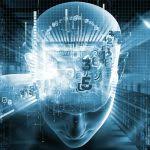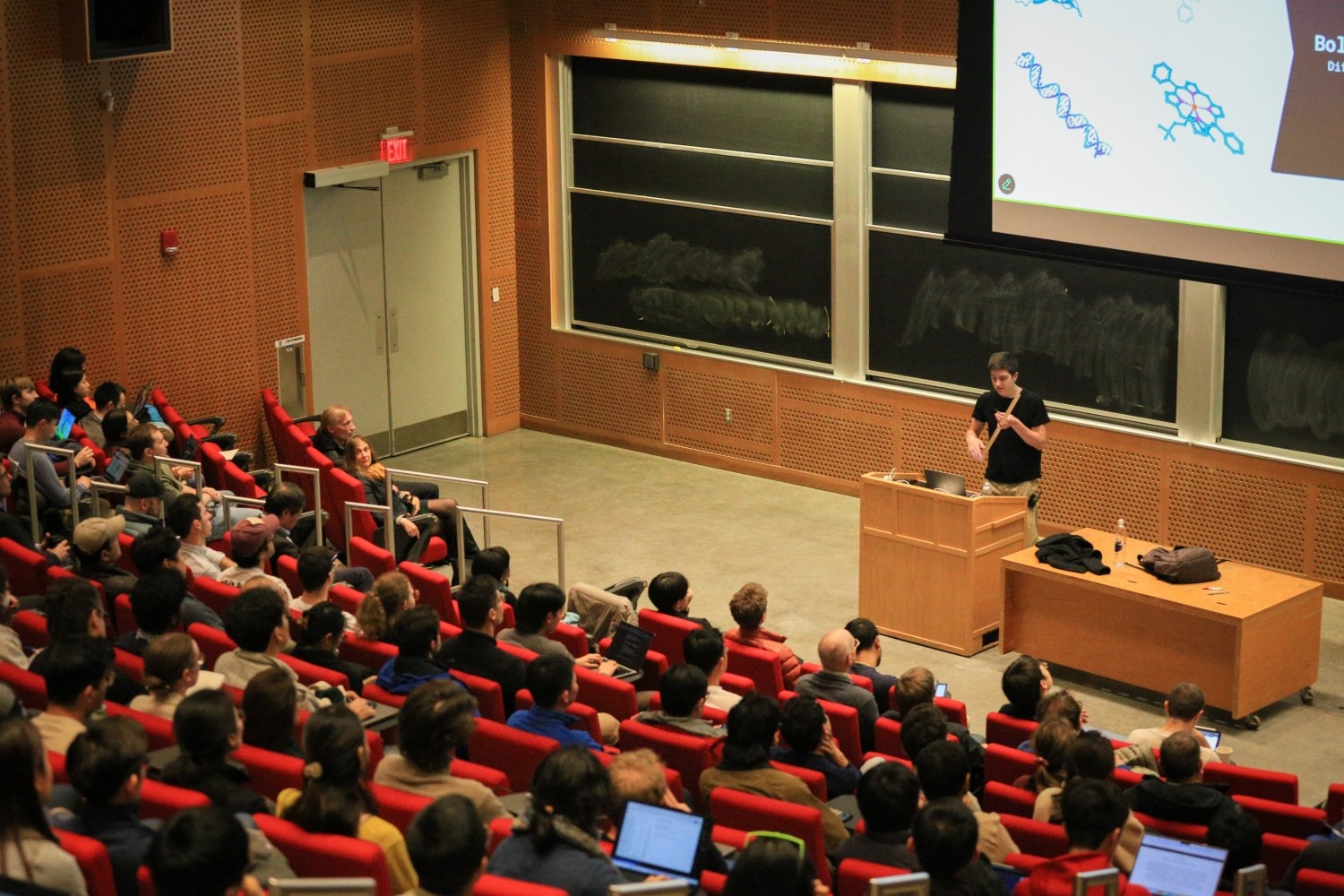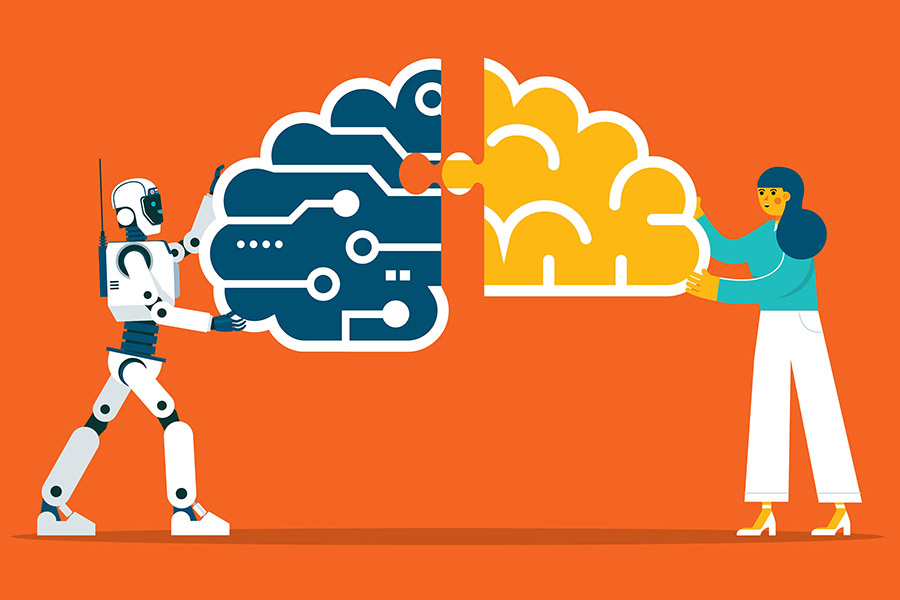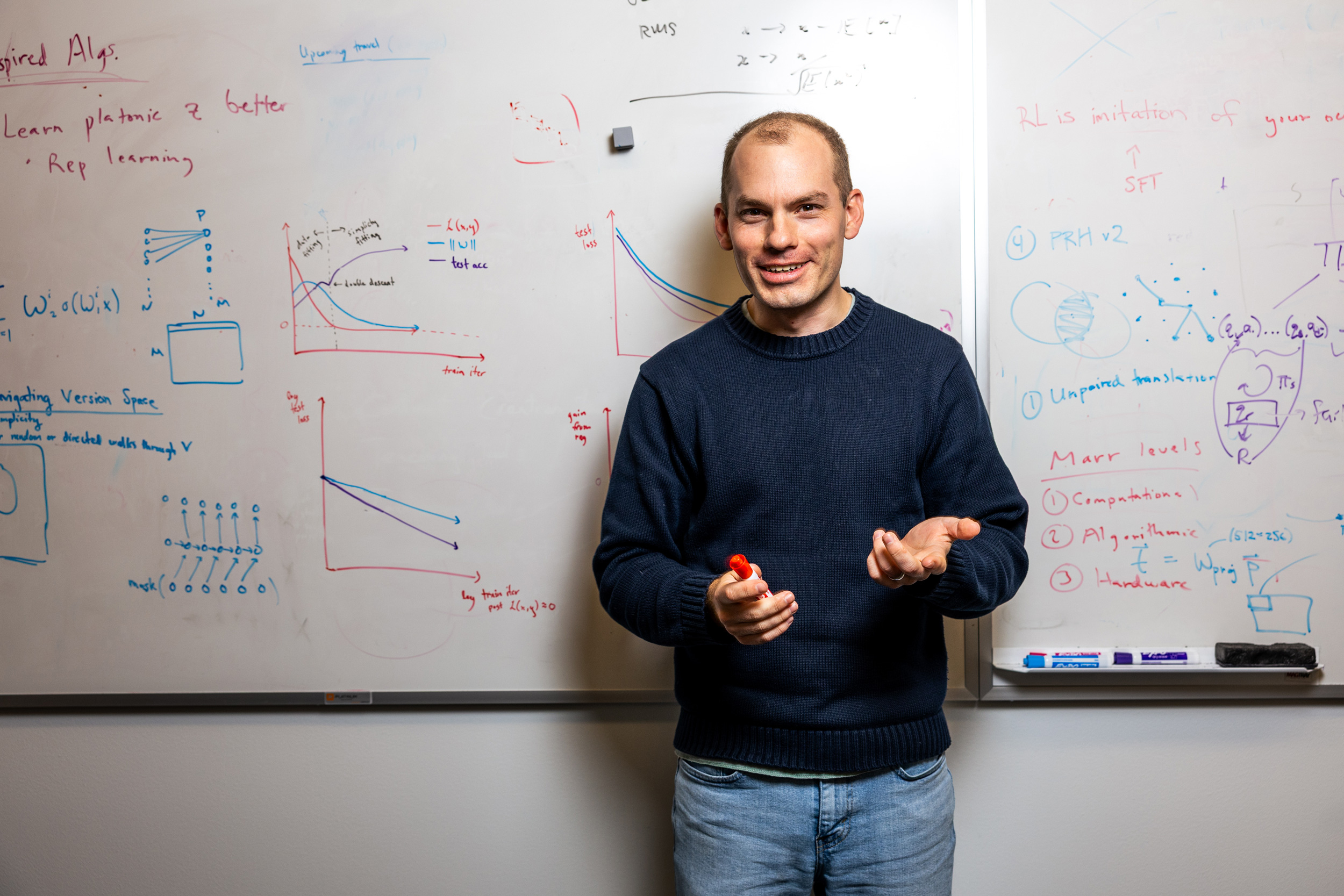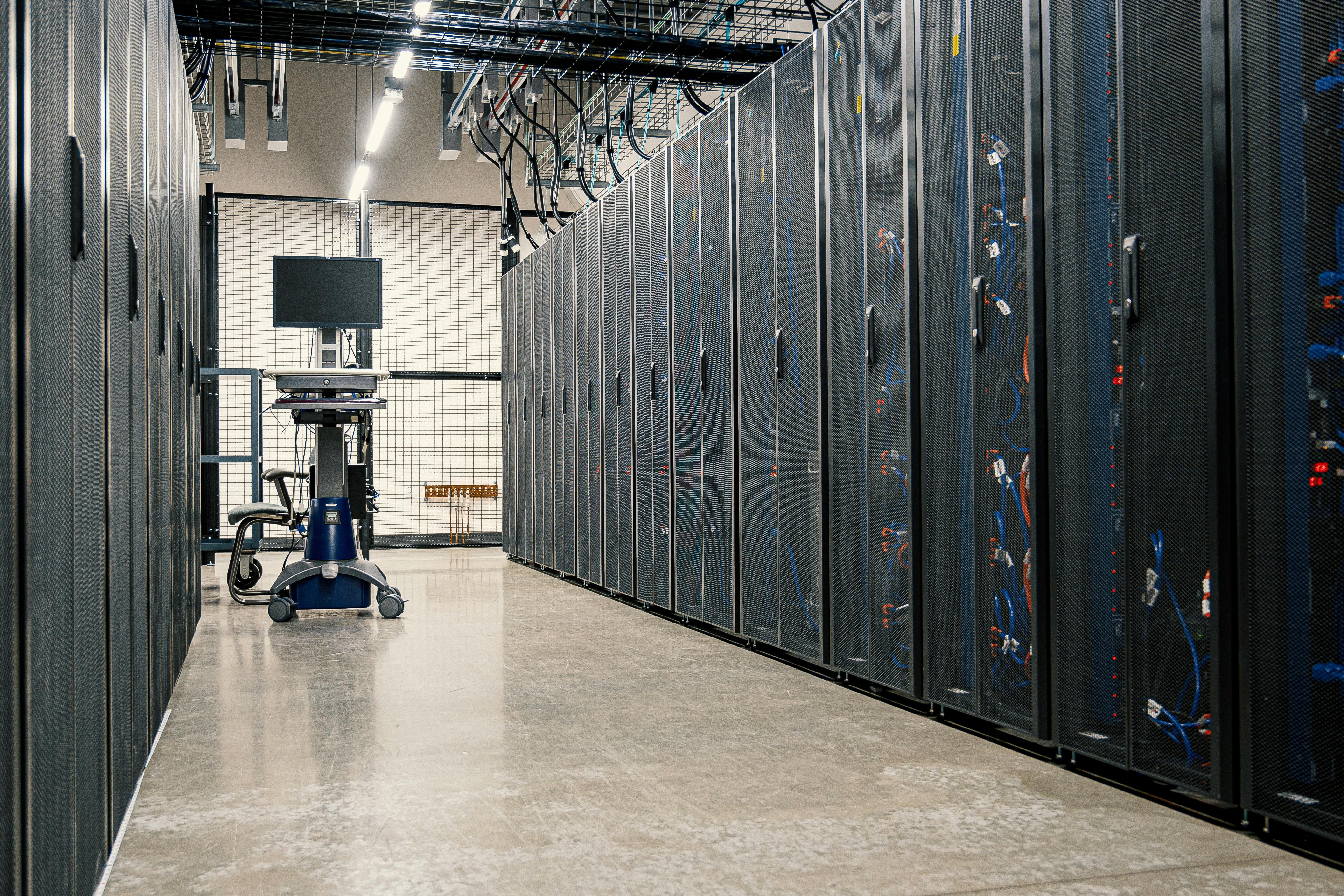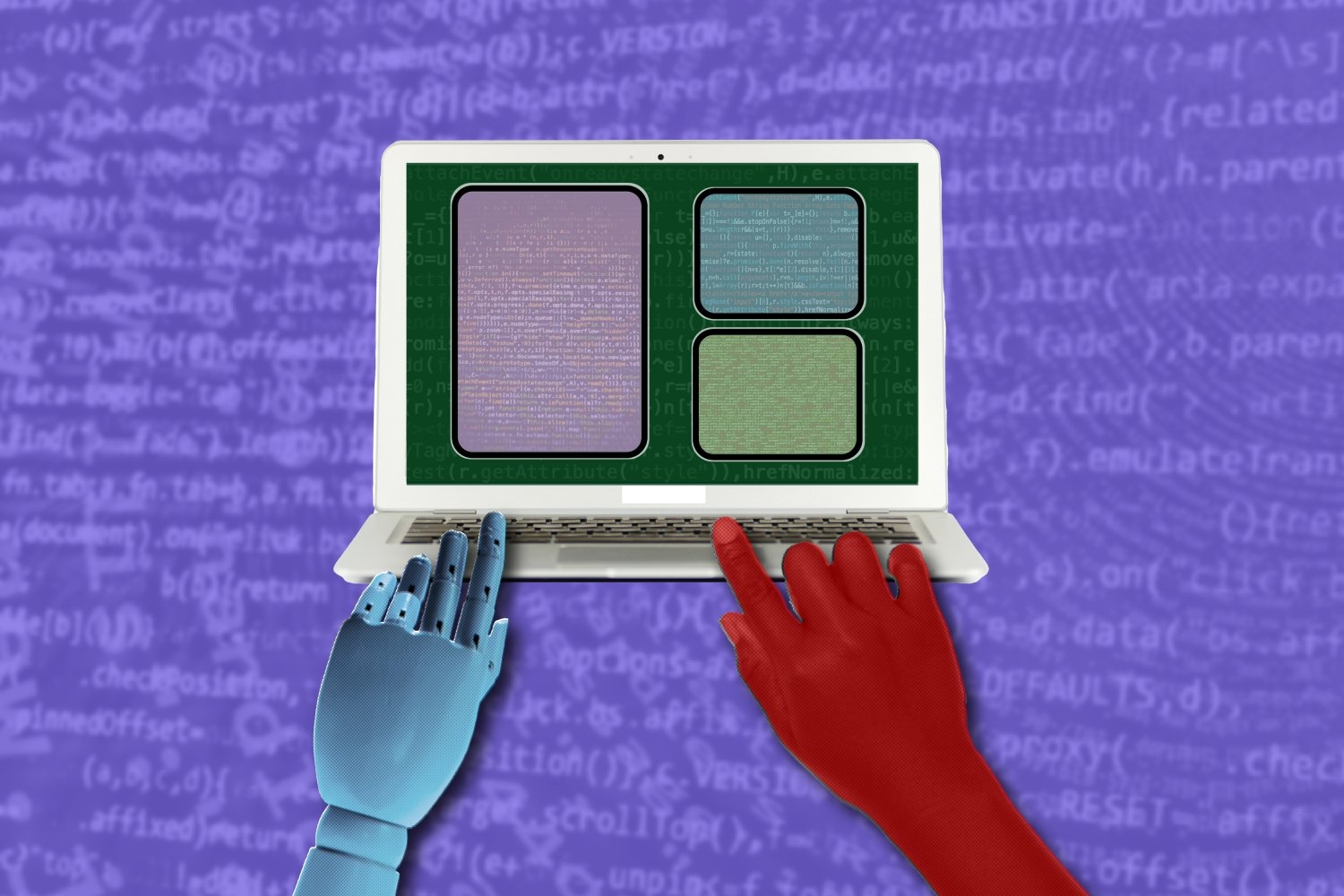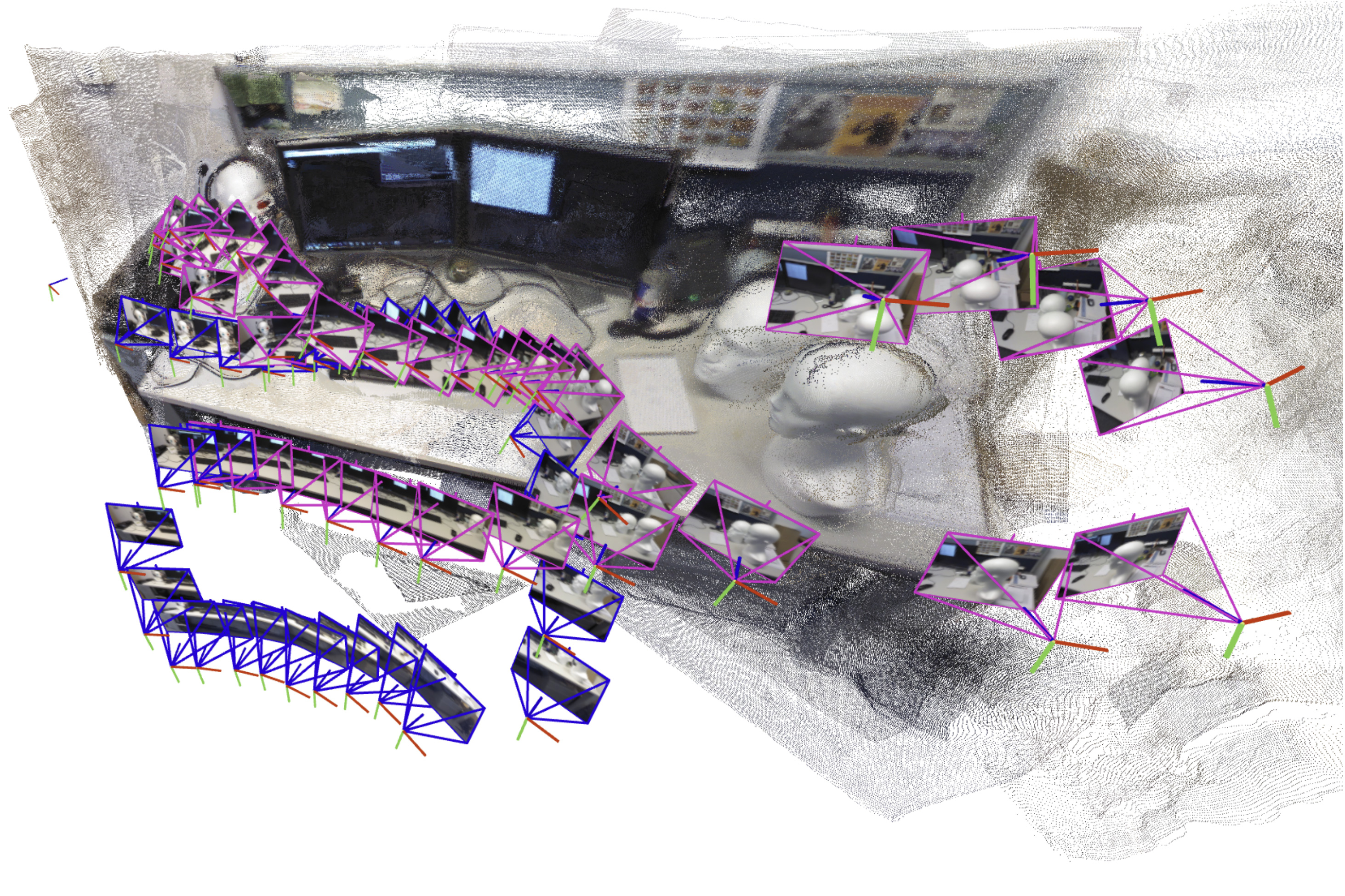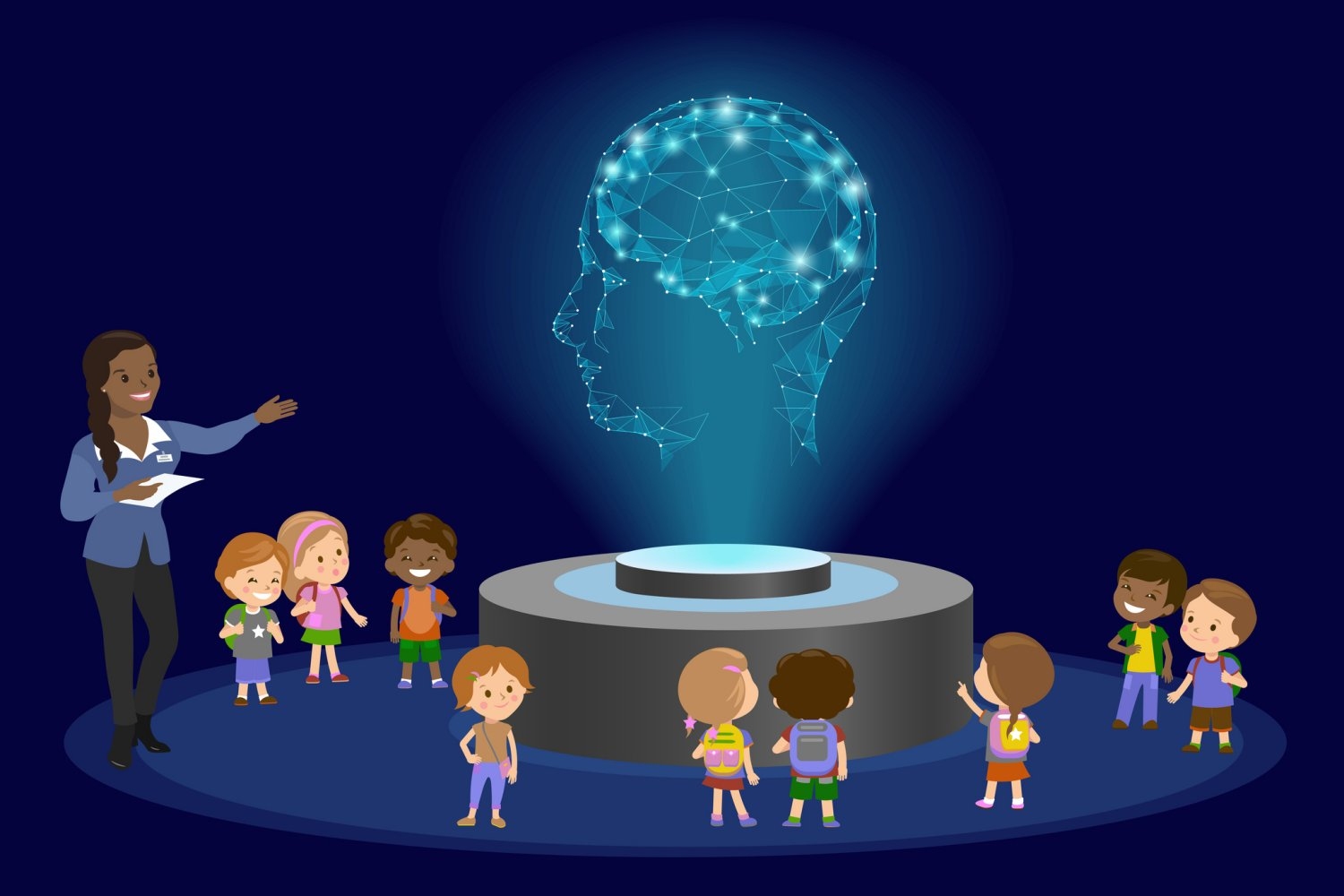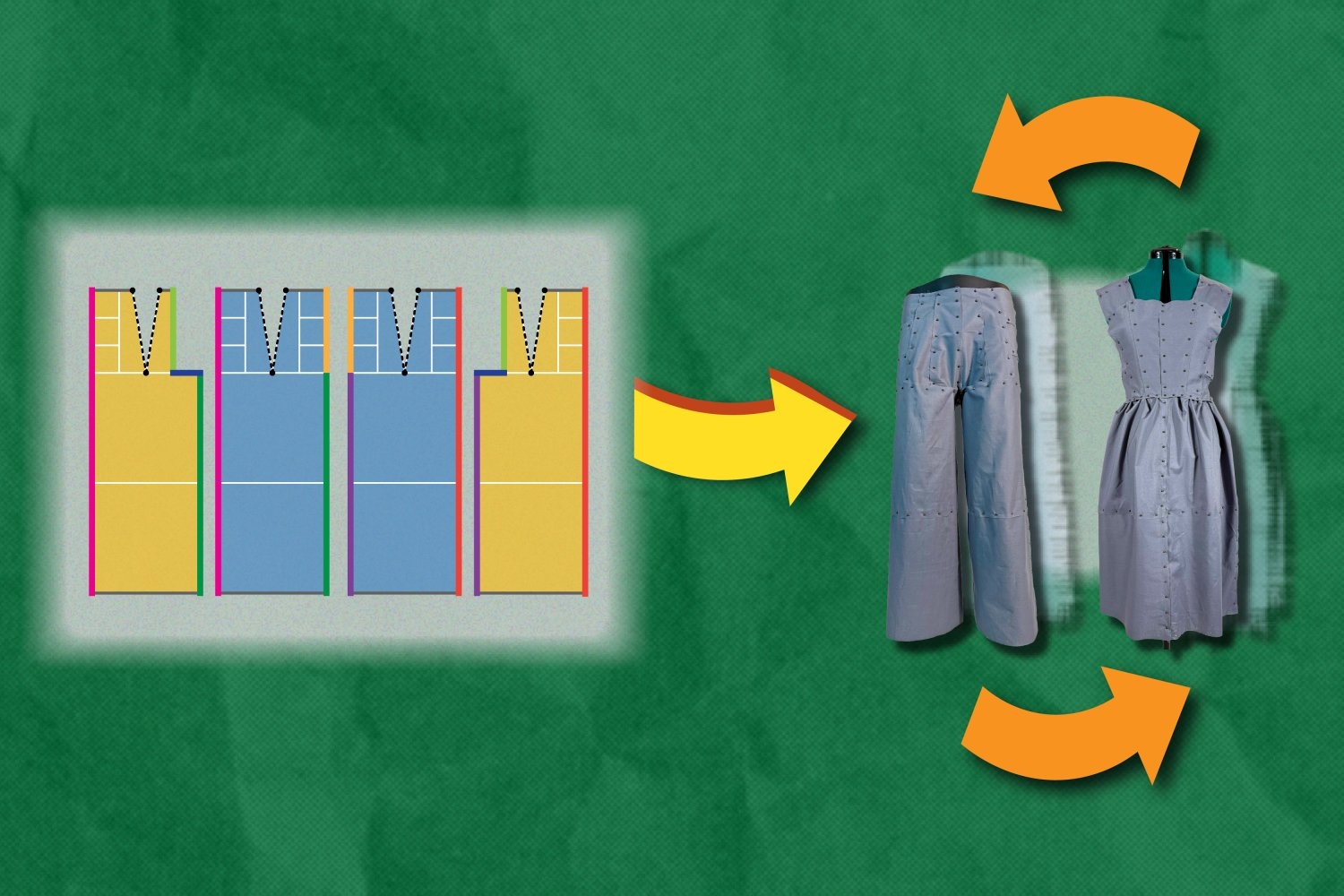MIT News Artificial Intelligence MIT news feed about Artificial intelligence
MIT News – Artificial intelligence MIT news feed about: Artificial intelligence
- Researchers discover a shortcoming that makes LLMs less reliableby Adam Zewe | MIT News on November 26, 2025 at 5:00 am
Large language models can learn to mistakenly link certain sentence patterns with specific topics — and may then repeat these patterns instead of reasoning.
- MIT scientists debut a generative AI model that could create molecules addressing hard-to-treat diseasesby Alex Ouyang | Abdul Latif Jameel Clinic for Machine Learning in Health on November 25, 2025 at 9:25 pm
BoltzGen generates protein binders for any biological target from scratch, expanding AI’s reach from understanding biology toward engineering it.
- How artificial intelligence can help achieve a clean energy futureby Nancy W. Stauffer | MIT Energy Initiative on November 24, 2025 at 10:00 pm
AI supports the clean energy transition as it manages power grid operations, helps plan infrastructure investments, guides development of novel materials, and more.
- The cost of thinkingby Jennifer Michalowski | McGovern Institute for Brain Research on November 19, 2025 at 9:45 pm
MIT neuroscientists find a surprising parallel in the ways humans and new AI models solve complex problems.
- New AI agent learns to use CAD to create 3D objects from sketchesby Jennifer Chu | MIT News on November 19, 2025 at 5:00 am
The virtual VideoCAD tool could boost designers’ productivity and help train engineers learning computer-aided design.
- MIT Energy Initiative conference spotlights research priorities amidst a changing energy landscapeby Leda Zimmerman | MIT Energy Initiative on November 18, 2025 at 5:10 pm
Industry leaders agree collaboration is key to advancing critical technologies.
- Understanding the nuances of human-like intelligenceby Adam Zewe | MIT News on November 11, 2025 at 5:00 am
Associate Professor Phillip Isola studies the ways in which intelligent machines “think,” in an effort to safely integrate AI into human society.
- MIT Energy Initiative launches Data Center Power Forumby Tom Witkowski | MIT Energy Initiative on November 7, 2025 at 7:55 pm
MIT faculty and MITEI member company experts address power demand from data centers.
- Charting the future of AI, from safer answers to faster thinkingby Lauren Hinkel | MIT-IBM Watson AI Lab on November 6, 2025 at 9:40 pm
MIT PhD students who interned with the MIT-IBM Watson AI Lab Summer Program are pushing AI tools to be more flexible, efficient, and grounded in truth.
- MIT researchers propose a new model for legible, modular softwareby Rachel Gordon | MIT CSAIL on November 6, 2025 at 1:00 pm
The coding framework uses modular concepts and simple synchronization rules to make software clearer, safer, and easier for LLMs to generate.
- Teaching robots to map large environmentsby Adam Zewe | MIT News on November 5, 2025 at 3:00 pm
A new approach developed at MIT could help a search-and-rescue robot navigate an unpredictable environment by rapidly generating an accurate map of its surroundings.
- Helping K-12 schools navigate the complex world of AIby Benjamin Daniel | School of Humanities, Arts, and Social Sciences on November 3, 2025 at 9:45 pm
MIT’s Teaching Systems Lab, led by Associate Professor Justin Reich, is working to help educators by listening to and sharing their stories.
- 3 Questions: How AI is helping us monitor and support vulnerable ecosystemsby Alex Shipps | MIT CSAIL on November 3, 2025 at 8:55 pm
MIT PhD student and CSAIL researcher Justin Kay describes his work combining AI and computer vision systems to monitor the ecosystems that support our planet.
- A faster problem-solving tool that guarantees feasibilityby Adam Zewe | MIT News on November 3, 2025 at 5:00 am
The FSNet system, developed at MIT, could help power grid operators rapidly find feasible solutions for optimizing the flow of electricity.
- The brain power behind sustainable AIby Jason Sparapani | Department of Materials Science and Engineering on October 24, 2025 at 4:00 am
PhD student Miranda Schwacke explores how computing inspired by the human brain can fuel energy-efficient artificial intelligence.
- Five with MIT ties elected to National Academy of Medicine for 2025by Lillian Eden | Jane Halpern | Department of Biology | Department of Electrical Engineering and Computer Science on October 22, 2025 at 7:25 pm
Professors Facundo Batista and Dina Katabi, along with three additional MIT alumni, are honored for their outstanding professional achievement and commitment to service.
- Creating AI that mattersby Lauren Hinkel | MIT-IBM Watson AI Lab on October 21, 2025 at 8:10 pm
How the MIT-IBM Watson AI Lab is shaping AI-sociotechnical systems for the future.
- New software designs eco-friendly clothing that can reassemble into new itemsby Alex Shipps | MIT CSAIL on October 17, 2025 at 6:30 pm
To reduce waste, the Refashion program helps users create outlines for adaptable clothing, such as pants that can be reconfigured into a dress. Each component of these pieces can be replaced, rearranged, or restyled.
- Method teaches generative AI models to locate personalized objectsby Adam Zewe | MIT News on October 16, 2025 at 4:00 am
After being trained with this technique, vision-language models can better identify a unique item in a new scene.
- Remembering Professor Emerita Jeanne Shapiro Bamberger, a pioneer in music educationby MIT Music and Theater Arts on October 15, 2025 at 5:25 pm
The former department chair was an early innovator in the use of artificial intelligence to both study and influence how children learn music.

